Guide: Use these screen-based workout tools to get in shape in real life while going virtual
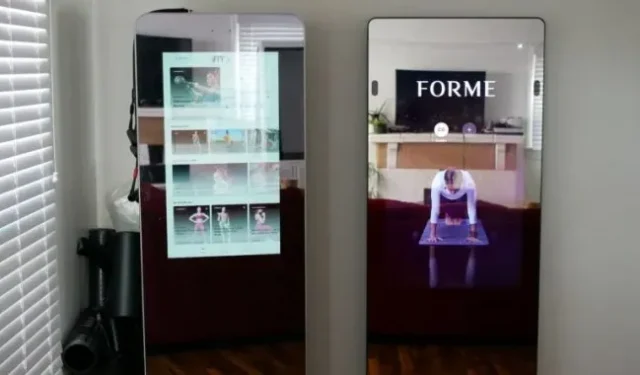
A home gym makes exercising convenient, which in theory will encourage consistency, which is essential to any workout program. Setting up a home gym that will motivate you and fit your area requires attention to a few crucial details. Fitness equipment with mirrors and screens aims to combine various solutions into one gadget that offers varied, interesting training.
While offering a strong foundation for every level of exerciser to build on with various hardware packages and progressive content, these systems can make exercising much more enjoyable and convenient. The price of the gadgets can range from about $200 to as much as $6,000 or more, and that’s without requiring users to pay for content subscriptions.
There is an argument to be made for how these initial costs can save you money compared to a traditional gym-based experience. Device manufacturers vouch for the engagement, convenience, and resulting efficacy of such devices. We investigated a variety of mirror fitness products at various price points to find the sweet spot and identify which would be worthwhile for various user types.
Most folks should choose Tempo Core
Second place: Peloton Guide
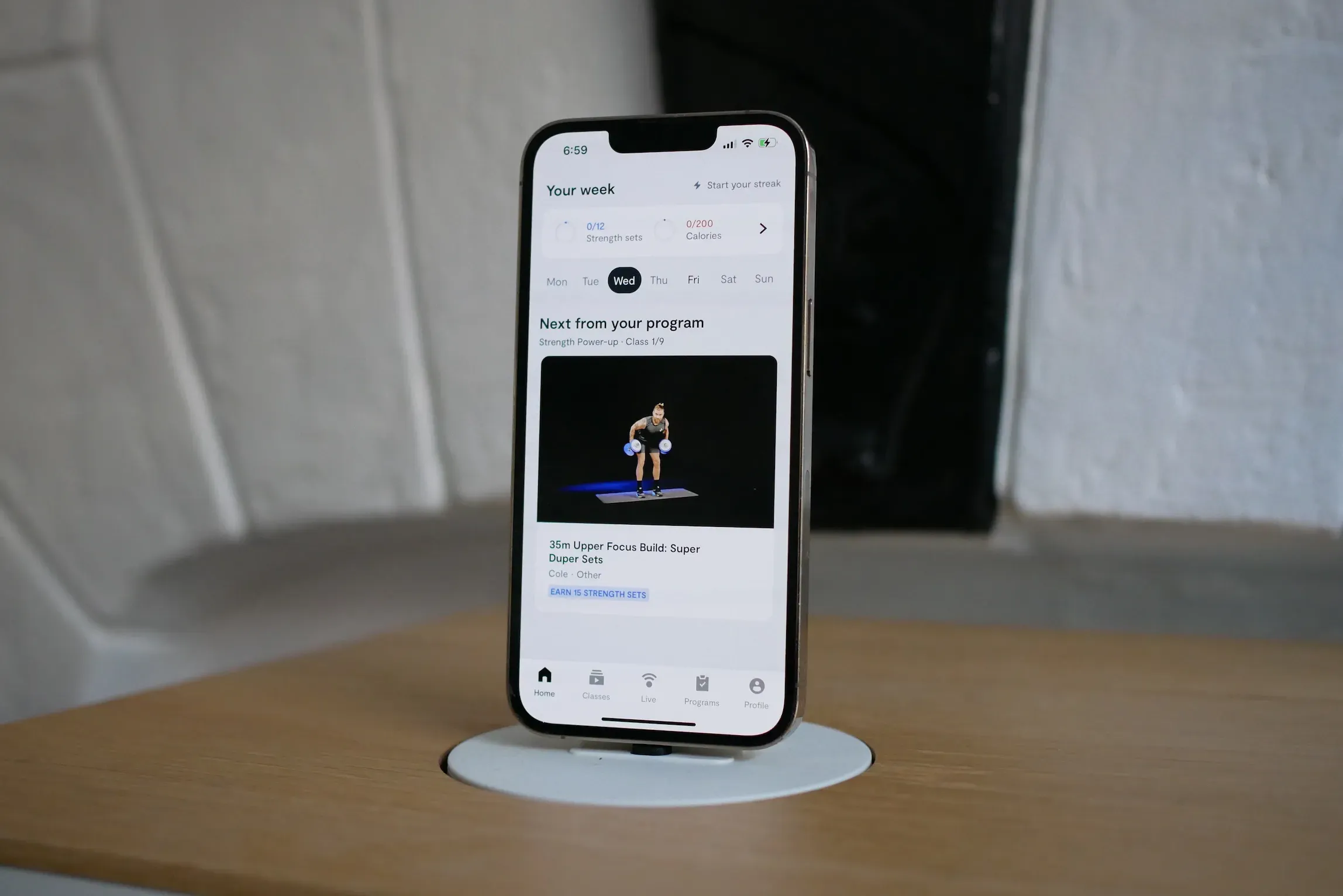
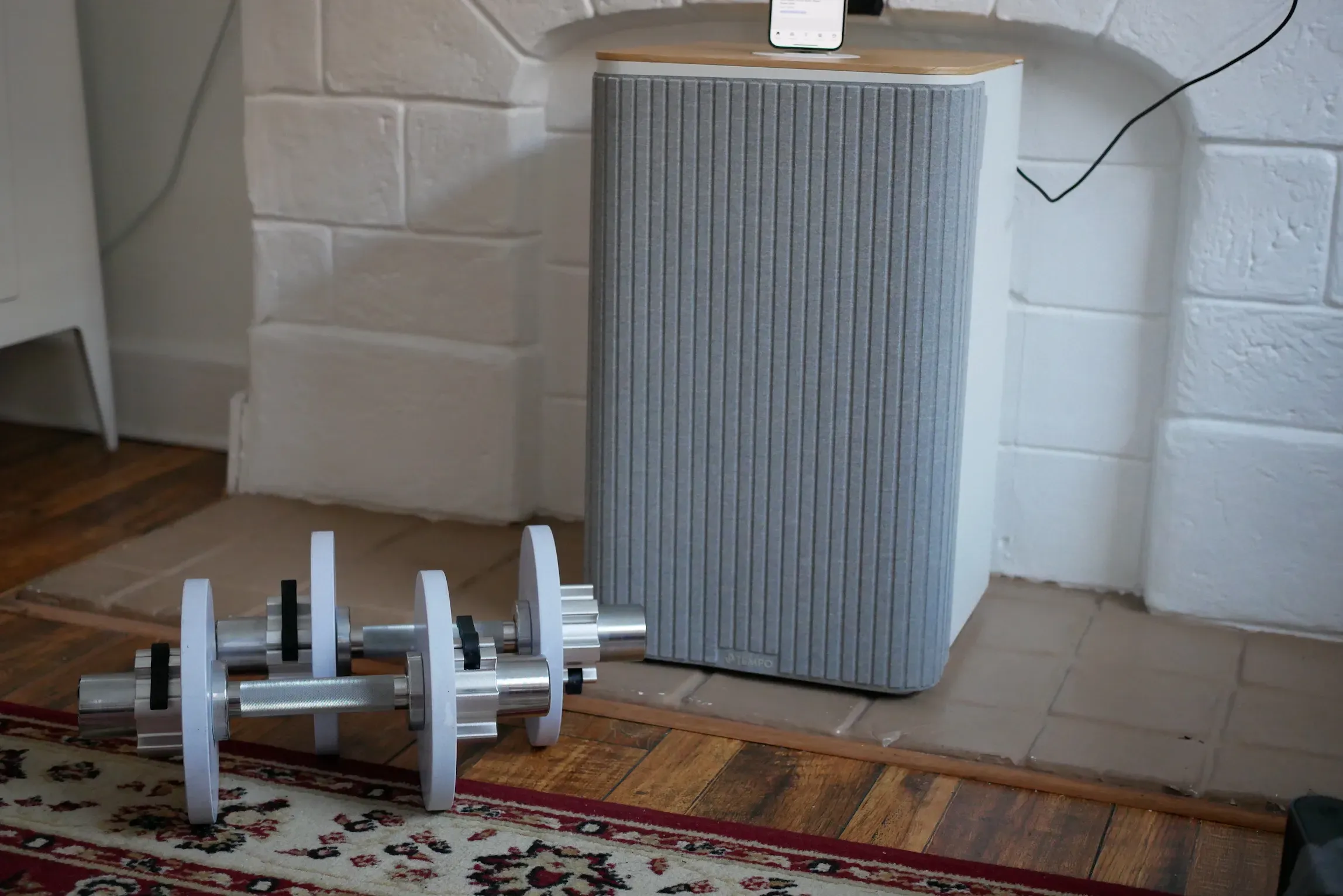
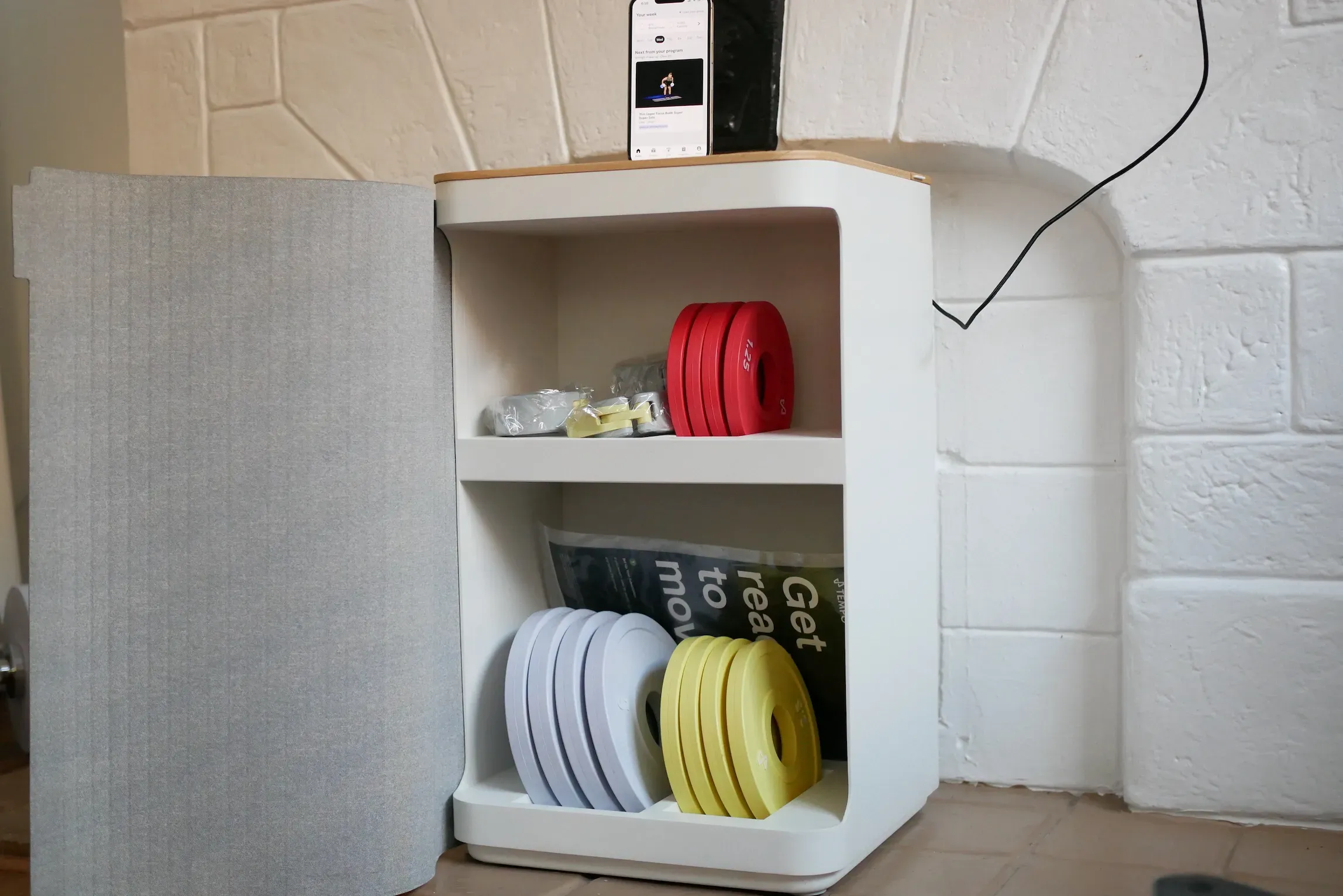
The Tempo core is generally the best mirror fitness device, but it’s a close call. A mirror or display with sensors are not used in Tempo’s Core Starting bundle ($245). Instead, it lowers the entry fee by using a TV as its primary display and the camera on your iPhone (XR or higher) as the sensor. You’re all set to start once you place your iPhone on Tempo’s dock and arrange the accompanying weights.
For $1,695, the upgraded Tempo Studio combines a 42-inch touchscreen into an easel-like structure with a Microsoft Azure 3D camera, speakers, and weight storage if you don’t already have a TV to plug into. Choose the Tempo Core if you have a TV because the screen is the most important difference.
Since the dumbbell and plates can be adjusted to create eight pairs of dumbbells with weights ranging from 7.5 to 25 pounds on each with two-and-a-half pound increments in between, the Core Starter package offers excellent hardware value with the weight set. Additional weights, an exercise mat, and even a barbell with plates are options.
Tempo offers approximately 1,000 classes in three primary categories, both recorded and live (strength, cardio, and recovery). Additional labels for them include boxing, yoga, functional movement, and other terms. If you’re trying to focus on a certain body part or muscle group, you may also search by those terms. There are filters for exercises that are “wrist-friendly,” “knee-friendly,” and “pregnancy-friendly” for people who have had prior injuries or are sensitive to specific movements. Unfortunately, unlike with Tonal and Peloton, there is no way to swap out movements within a class.
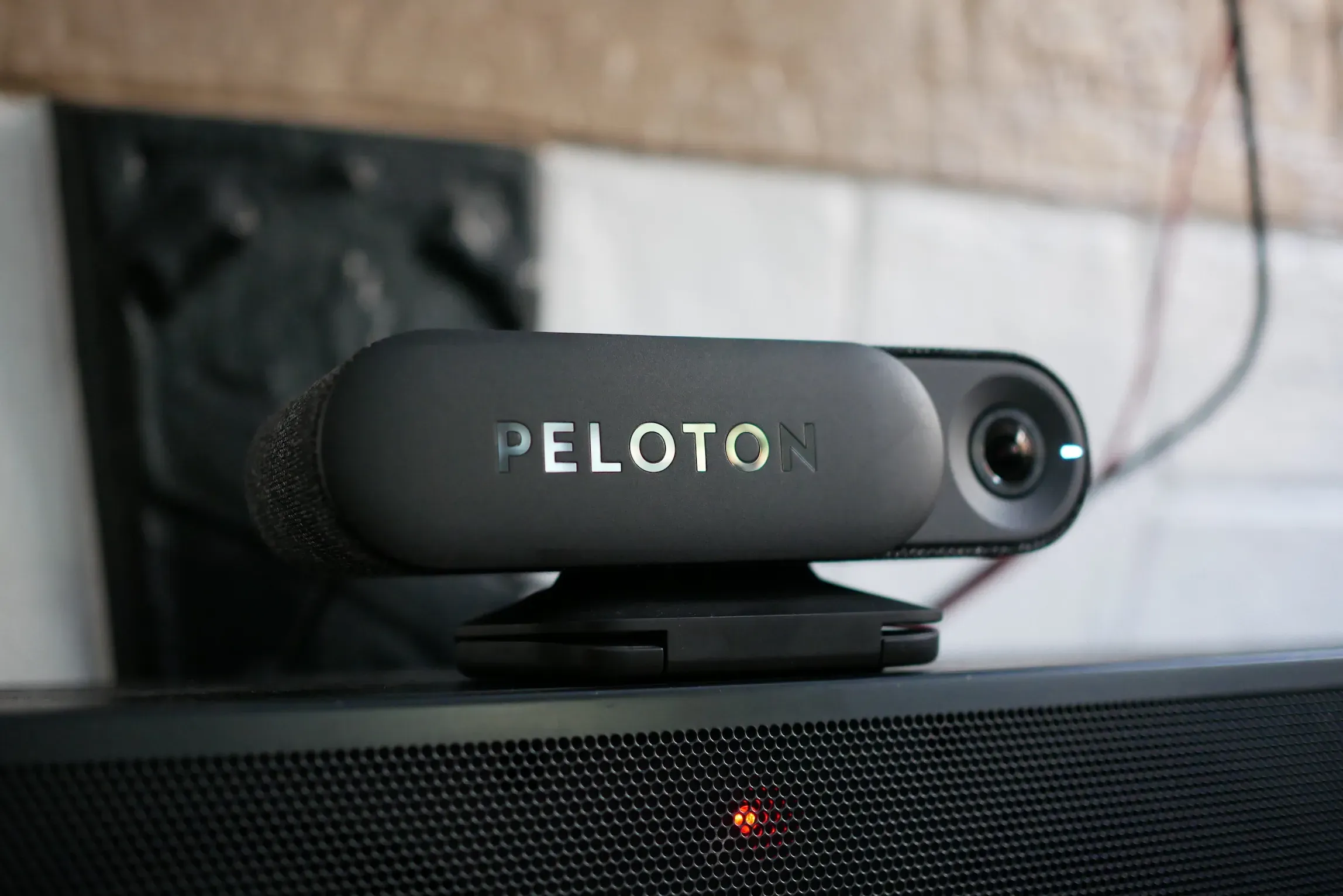
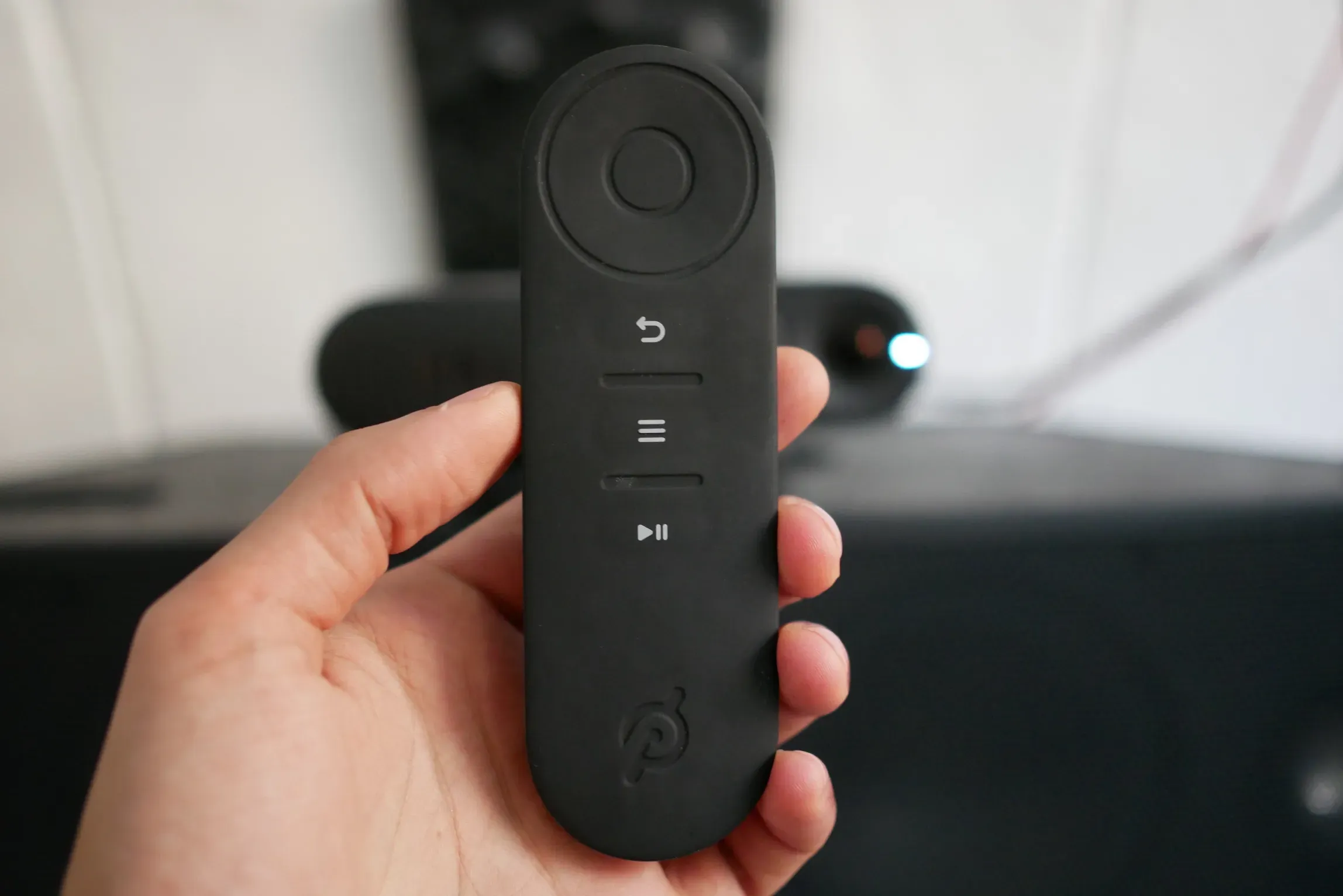
The Tempo Core’s main rival is the Peloton Guide, another camera-based, TV-connected strength training device. The MSRP for The Guide is slightly higher at $295 (now down to $195), and that price does not include weights or other extras. The Tempo Core keeps expenses down and provides value with an adjustable weight set because it is essentially simply a phone dock with weights and requires an iPhone.
Even the largest Peloton Guide package, which costs $695 and includes six pairs of dumbbells, a training mat, a water bottle, and a heart rate strap in addition to the Guide, falls short of the Tempo Core by two pairs of dumbbells. Beginners have a significant advantage thanks to Tempo because they incur less upfront expense. The Tempo Core is an appealing solution for novices and users of all expertise levels thanks to features like rep counting and automatic visual weight identification on all exercises.
Leave a Reply